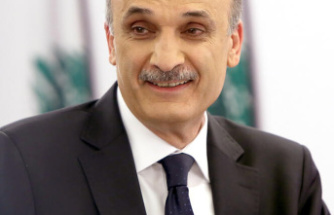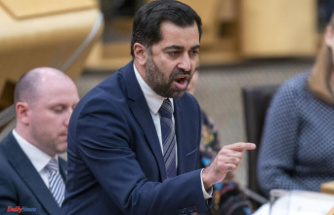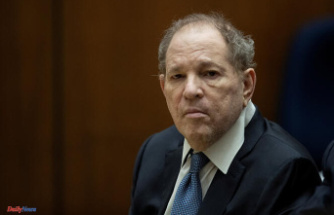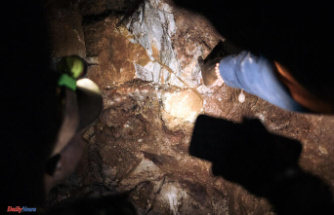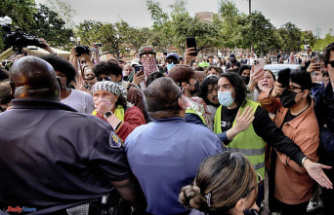For years, the role played by the former Mayor of Fulda, Danzebrink, during the Nazi regime has been a source of discussion. Now a decision has been made: a street named after him will be given a new name.
Fulda (dpa/lhe) - The city of Fulda wants to rename a street named after the Lord Mayor Franz Danzebrink, who was in office during the Nazi era. A city spokesman announced on Monday evening that after a decision by the city council passed with a large majority, the magistrate was commissioned to take the necessary steps.
The residents should be involved in the renaming. The portrait of Danzebrink in the gallery in the Fulda city palace, on the other hand, is to be left in place, but an information board is to be added.
The trigger for the discussion about the former Fulda mayor was an article in the "Fuldaer Zeitung" from April 2015, which dealt with Danzebrink's administration during the Nazi era, as stated in the draft resolution of the city council.
After a commission of experts set up by the magistrate could not agree on a common position, the city awarded a doctoral scholarship to research the work of the city administration during the Nazi era to Alexander Cramer, who studied history at the chair of the Marburg historian Prof. Eckard Conze. Cramer's study, which dealt with Danzebrink's work, has been available since March of this year.
It is clear from the work that Danzebrink's direct participation in the National Socialist violent crimes cannot be proven in the sources. However, the mayor at the time "is of great importance in stabilizing the regime precisely because of his original opposition to Nazi ideology, by winning over those sections of the population who were critical of the Nazi state to the new rulers," said the justification for the draft resolution.
Danzebrink was confirmed in his office as mayor by the Nazi regime in 1942. The study also shows that he was informed about all violent measures against the Jewish population. His portrait should remain in place "to document that the period from 1930 to 1945 is not ignored in the history of the city" - provided, however, with an explanatory reference to his ambivalent role after 1933.


